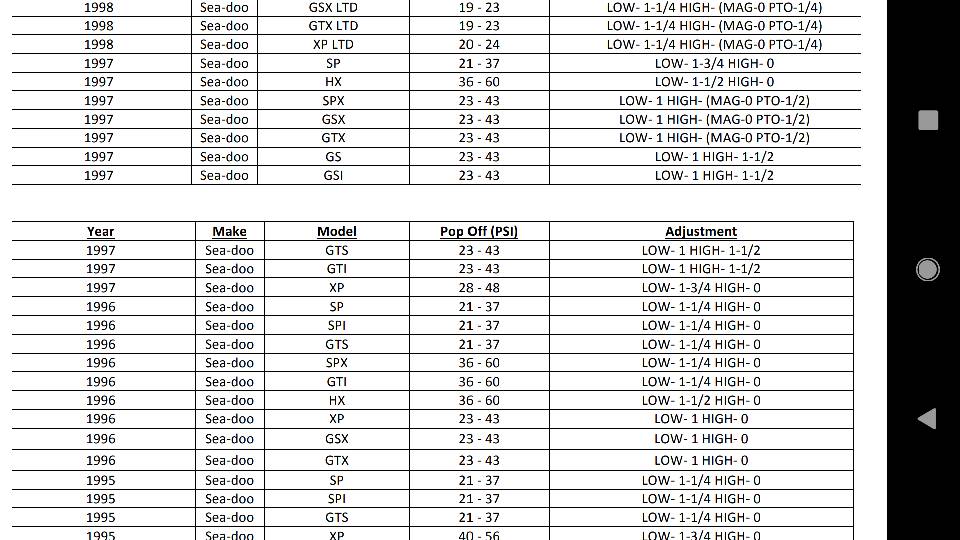BoaterCycle123
New Member
Hello All,
Long time reader first time Poster! I have a 1996 Seadoo GTX 787 that had a rusted crank when I bought it. I have completely stripped it down, used a separate parts engine for the new crank and mixed match different pieces. Jugs were bored to 82.25mm. RAVE valves were rebuilt. New Pistons and Rings as well as a gasket kit. The build is complete, but when trying to fire it, it looks like the engine is trying to fire backwards. I only assume this from watching the grease nipple on the PTO. I have tripled checked the Rotary Timing, but feel like it may still be something there? There was a nice pretty mark on the case of where to line up the plate. I confirmed that this was the correct spot by lining up a protractor from the bottom of the MAG side intake. It has been lined up. Is there somewhere else I may have goofed the timing? I should be okay to switch the magneto gear, correct? The timing isnt specific to Crankshaft on those?
Other reason I think it is firing backwards is because I am sure it blew the starter after trying to start it. It makes a horrendously sound clank when trying to turn over.
Any help would be appreciated. I am pretty confident that it isnt rotary timing. But I've been wrong before. I'm extremely mechanically inclined, so nothing is typically out of my ability.
Long time reader first time Poster! I have a 1996 Seadoo GTX 787 that had a rusted crank when I bought it. I have completely stripped it down, used a separate parts engine for the new crank and mixed match different pieces. Jugs were bored to 82.25mm. RAVE valves were rebuilt. New Pistons and Rings as well as a gasket kit. The build is complete, but when trying to fire it, it looks like the engine is trying to fire backwards. I only assume this from watching the grease nipple on the PTO. I have tripled checked the Rotary Timing, but feel like it may still be something there? There was a nice pretty mark on the case of where to line up the plate. I confirmed that this was the correct spot by lining up a protractor from the bottom of the MAG side intake. It has been lined up. Is there somewhere else I may have goofed the timing? I should be okay to switch the magneto gear, correct? The timing isnt specific to Crankshaft on those?
Other reason I think it is firing backwards is because I am sure it blew the starter after trying to start it. It makes a horrendously sound clank when trying to turn over.
Any help would be appreciated. I am pretty confident that it isnt rotary timing. But I've been wrong before. I'm extremely mechanically inclined, so nothing is typically out of my ability.






